If you didn’t know about a rental LED display before, or only know a little bit about rental LED displays, then by reading this article, you will have a comprehensive understanding. In this article, we will show you all aspects of this stage LED display from “what”, “why” and “how”. Now, let’s start this journey together!
#Muenled
#rentalLEDdisplay
All posts by Angel Huang
The hardest part of starting up is starting out
In depth guide for Rental LED Display
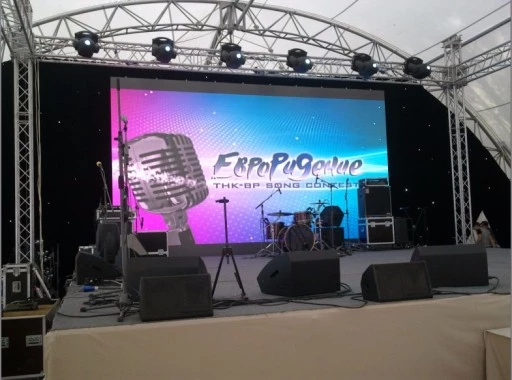
Introduction to LED Display Board and Rental LED Display Screen
In the ever-evolving advanced scene, LED Display Boards and Rental LED Displays have risen as fundamental instruments for promoting, occasions, and communication. Their flexibility, dynamic visuals, and cutting-edge innovation make them vital for businesses and occasion organizers alike. This comprehensive direct investigates everything you require to know almost LED display boards and rental LED displays, their applications, focal points, and key considerations.
#Muenled
#leddisplay
#RentalLEDdisplay
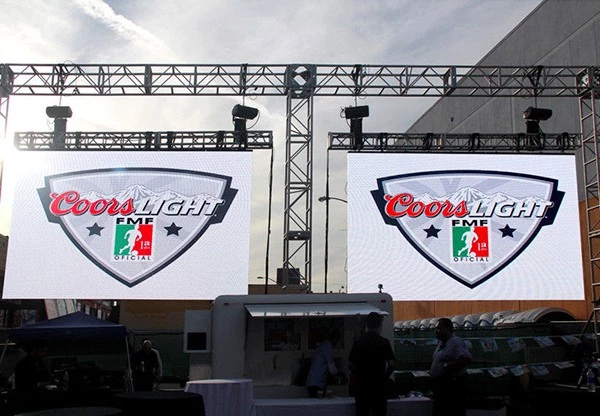
The ultimate guide to LED Display Board and rental LED displays
In the ever-evolving advanced scene, LED display boards and rental LED displays have risen as fundamental instruments for promoting, occasions, and communication. Their flexibility, dynamic visuals, and cutting-edge innovation make them vital for businesses and occasion organizers alike. This comprehensive direct investigates everything you require to know almost LED display boards and rental LED displays, their applications, focal points, and key considerations.
#Muenled
#LEDdisplays
#rentalLEDdisplays
How to choose to Rental LED Display Screens and LED posters?
Rental LED Display screens and LED posters are changing the way businesses, occasion organizers, and marketers approach promoting, excitement, and communication. These imaginative innovations give high-quality visuals, flexibility, and ease of utilize, making them prevalent choices for an assortment of applications. In this article, we will investigate the reasons why rental LED Display screens and LED posters are progressively favored over distinctive businesses and environments.
#Muenled
#RentalLEDDisplay
#LEDposters
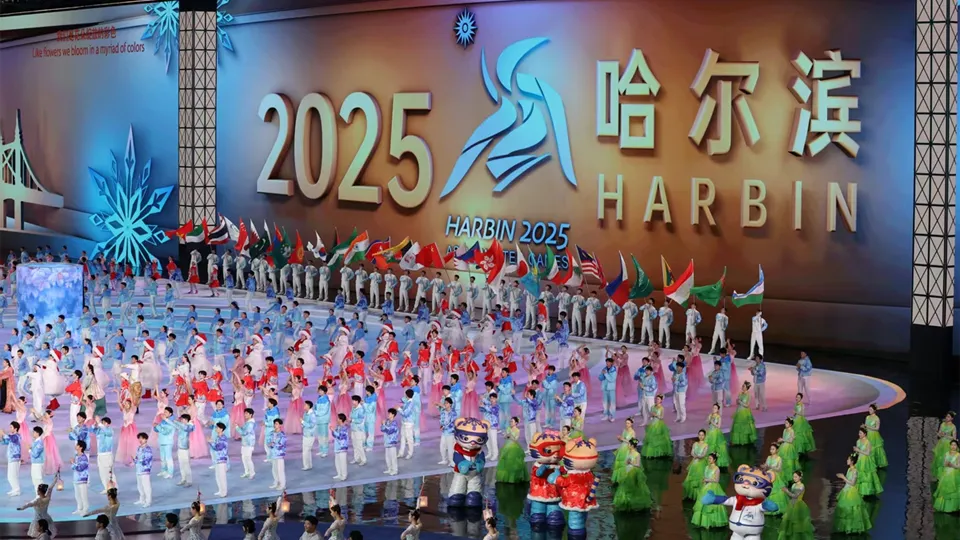
How can sports LED displays ignite the passion of the Asian Winter Games?
The 9th Asian Winter Games concluded successfully in Harbin, Heilongjiang, leaving behind unforgettable memories of athletic brilliance. Beyond the awe-inspiring performances of the athletes, sports LED displays emerged as the silent heroes of the event, powering immersive experiences and seamless operations.
#MuenLED
#leddisplay
#ledscreen
#RentalLEDdisplay
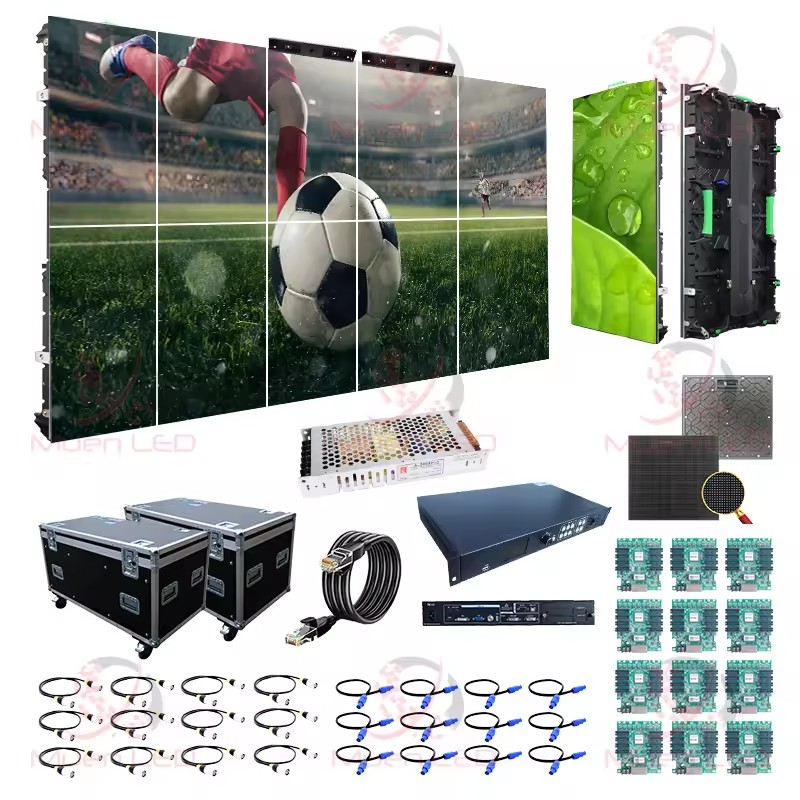
How can Rental LED Displays bring real-time action to sports fans?
Imagine being at a sports event where every moment feels alive, where you’re instantly connected to every play, stat, and highlight.
#Muenled
#leddisplay
#ledscreen
#RentalLEDDisplays

How to choose suitable stage background LED screen?
As we all know, on a gorgeous stage, you can usually see various types of LED displays. The biggest feature of this LED stage screen is that the scene is rich, the screen size is large, and the content is colorful. With stage lighting and scenery, it can make people feel immersed in the scene, which is an indispensable kind of commercial performance. To create a more stunning effect, the choice of screen is very important. So, what related issues should be paid attention to when choosing a stage LED background screen?
#Muenled
#leddisplay
#ledscreen
#stagebackgroundLEDscreen
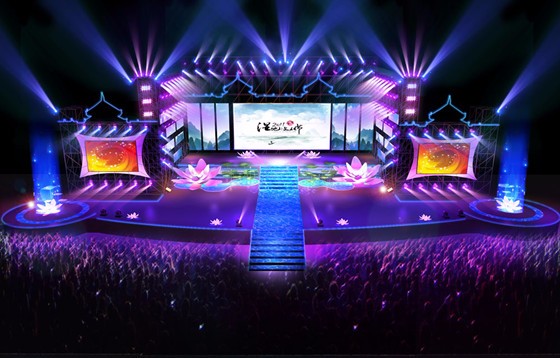
How to choose an LED display stage for the event?
Stage building is a key part of event planning and involves many details. Once ignored, it may cause problems and affect the effect of the event. In this article, we will explain in detail from the LED display stage construction program, LED display precautions and build site details.
#Muenled
#leddisplay
#ledscreen
#RentalLEDdisplay
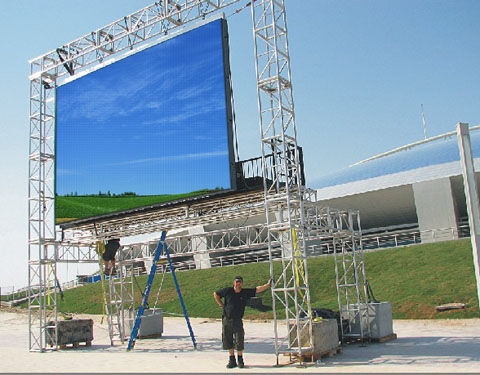
How to choose to Rental LED Display?
With the rapid development of science and technology, LED display in the market is more and more widely used. Whether it is a large concert, sporting events, or corporate conferences, exhibitions, rental LED display plays a vital role. However, in the face of a wide range of products on the market, how to choose the right rental LED display has become a problem for many users. This article will start from a technical point of view, for you to analyze in detail 2025 rental LED display selection points.
#Muenled
#leddisplay
# ledscreen
#RentalLEDDisplay
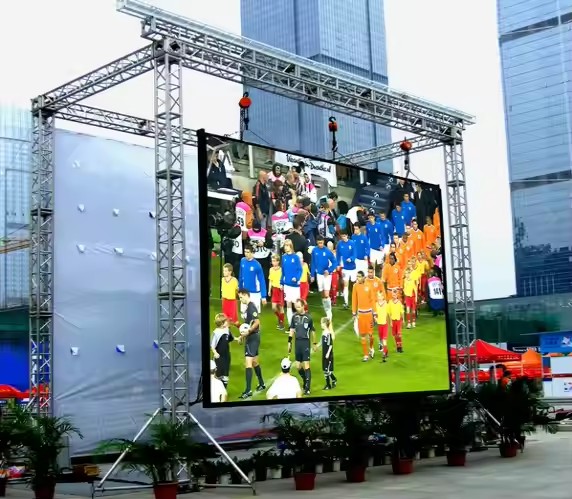
Rental LED display screens used in sports events
Outdoor rental displays, such as LED video walls, digital billboards, and interactive kiosks, play a crucial role in enhancing the fan experience at sports events. These high-quality, weather-resistant displays offer real-time game updates, replays, and player stats, creating an immersive environment for attendees. They also provide valuable advertising space for sponsors and effective communication tools for event organizers. Renting these displays offers a cost-effective solution for accessing advanced technology without large upfront costs, while ensuring flexibility in setup and maintenance. Outdoor rental displays are essential for creating dynamic, engaging sports events that leave lasting impressions.
#Muenled
#leddisplay
#ledscreen
#RentalLEDscreen
#outdoorrentaldisplays